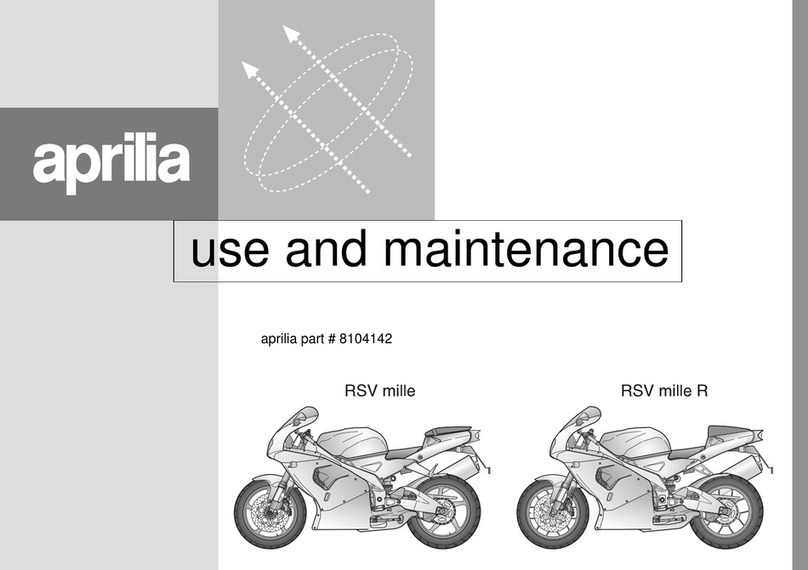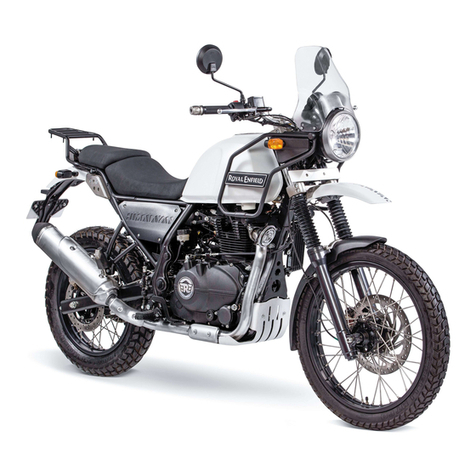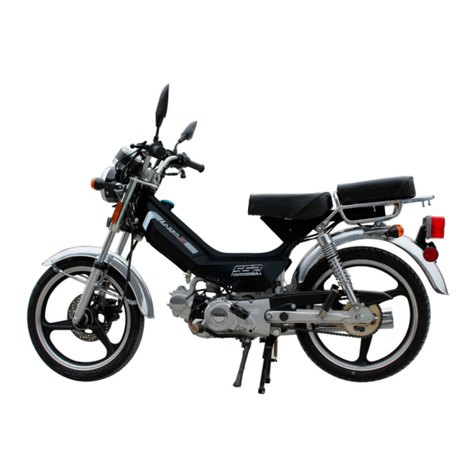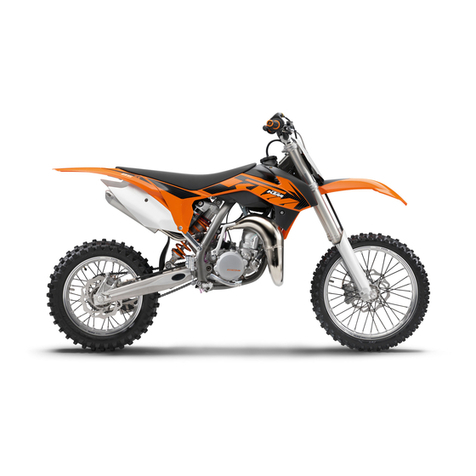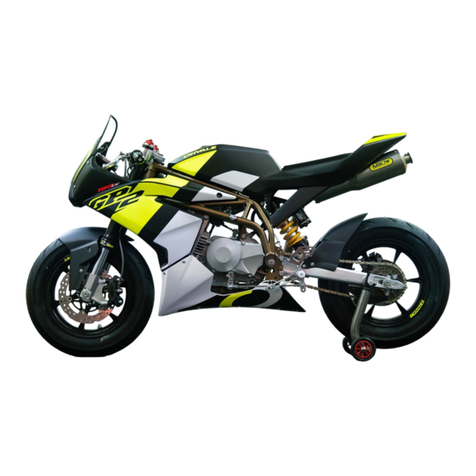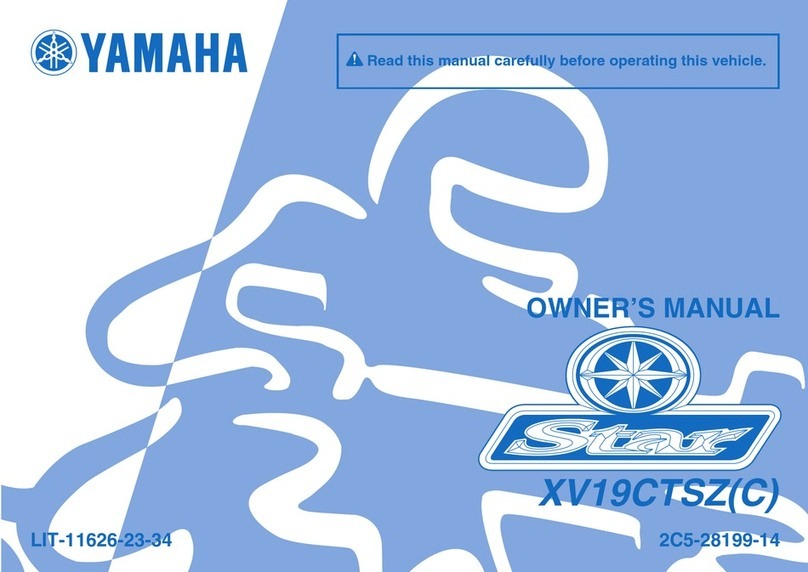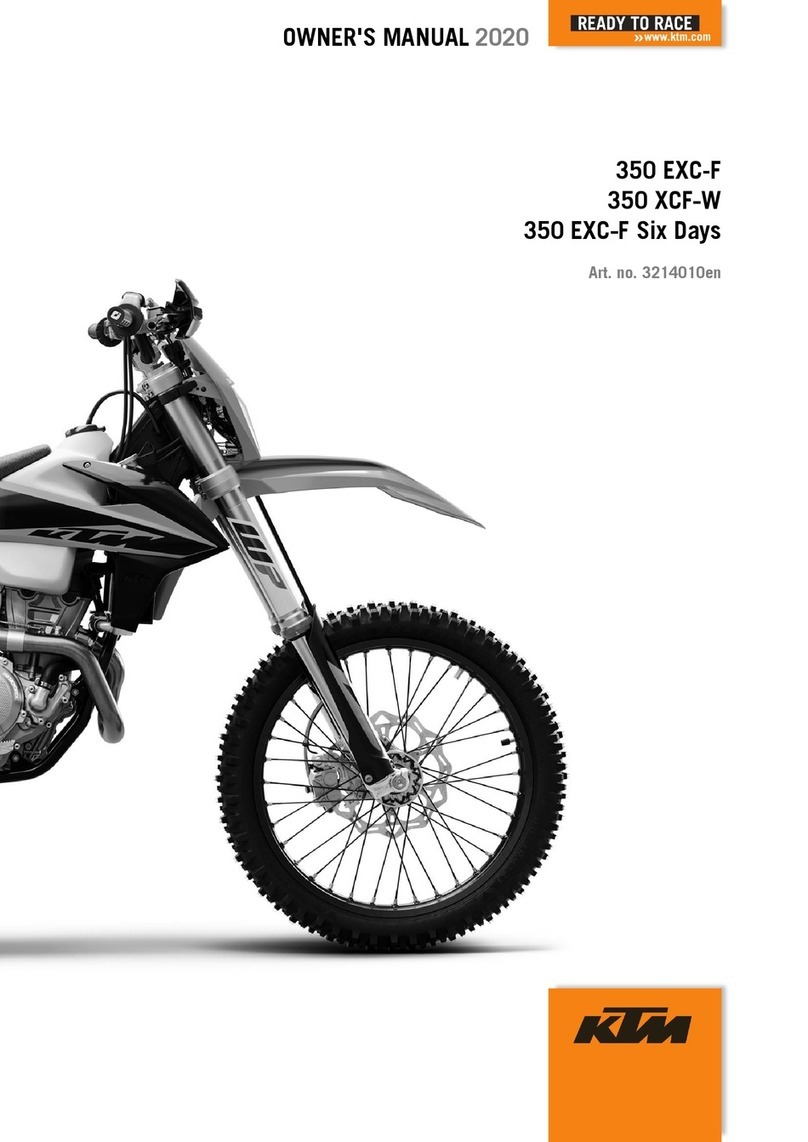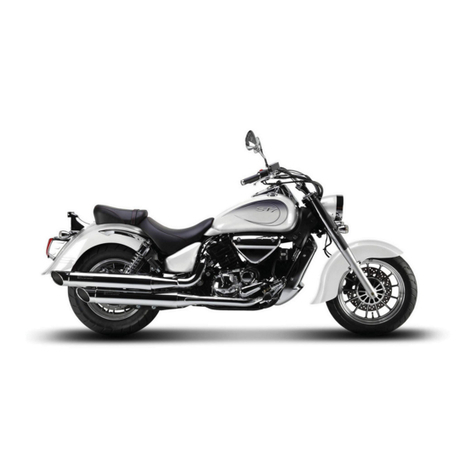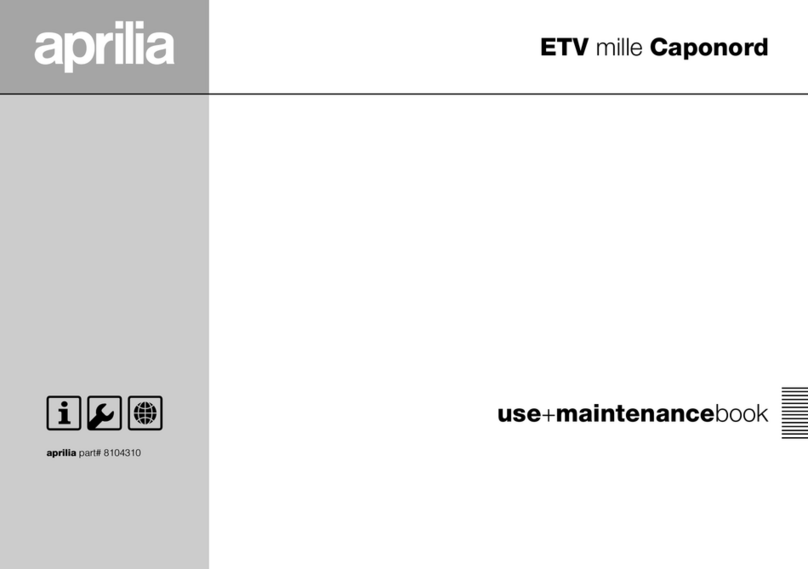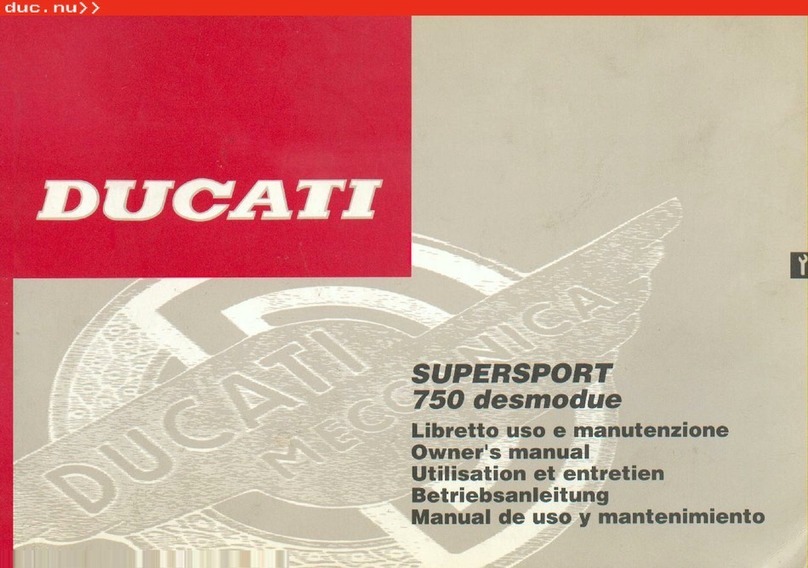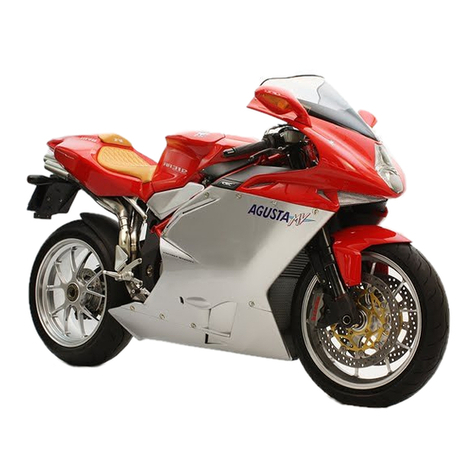How Do You Get a Motorcycle Endorsement?
• You must pass a written knowledge test and a motorcycle skills test.
• Successfully completing an approved motorcycle rider training
course will waive the requirement for the motorcycle skills test.
• If you are under 21, you are required to successfully complete an approved
motorcycle rider training course instead of the motorcycle skills test.
•“Moped” [49-114(9)] means a limited-speed motor-driven cycle having:
(a) Both motorized and pedal propulsion that is not capable of
propelling the vehicle at a speed in excess of thirty (30) miles per
hour on level ground, whether two (2) or three (3) wheels are in
contact with the ground during operation. If an internal
combustion engine is used, the displacement shall not exceed fifty
- (50) cubic centimeters and the moped shall have a power drive
system that functions directly or automatically without clutching
or shifting by the operator after the drive system is engaged; or
(b) Two (2) wheels or three (3) wheels with no pedals, which is
powered solely by electrical energy, has an automatic
transmission, a motor which produces less than two (2) gross
brake horsepower, is capable of propelling the device at a
maximum speed of not more than thirty (30) miles per hour on
level ground, and as originally manufactured, meets federal motor
vehicle safety standards* ( MVSS) for motor-driven cycles.
(*Vehicle must have MVSS labeling certifying compliance with
these National Highway Traffic Safety Administration (NHSTA)
requirements.) A moped is not required to be titled and no
motorcycle endorsement is required of its operator.
•“Segway” is considered an “Electric personal assistive mobility device”
[49-106(1)] - a self-balancing two (2) non-tandem wheeled device designed to
transport only one (1) person, with an electric propulsion system limiting the
maximum speed to fifteen (15) miles per hour or less.
•“Pedestrian” [49-117(5)] means any person afoot and any person operating
a wheelchair, motorized wheelchair or electric personal assistive mobility
device.
•“Motorized Toys” are not considered mopeds, and are not manufactured for
use on streets. Adding lights and a seat to any of these vehicles still does not
make them street legal. ITD policy prohibits the titling and registration of
vehicles not manufactured for use on highways, so these cannot legally be
operated on roadways.

